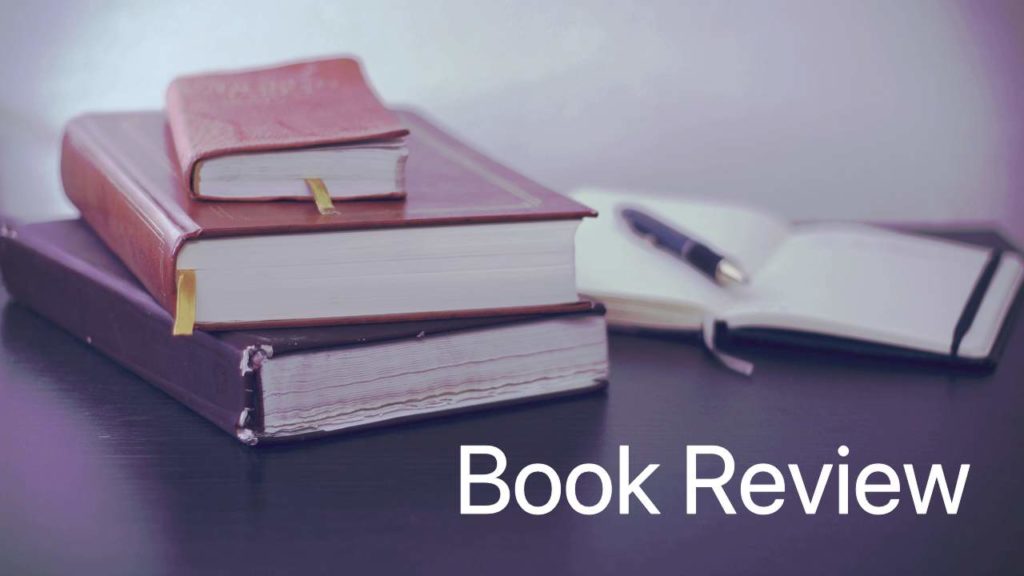Karr, Mary. The Liars’ Club: A Memoir
Viking, 1995
Hardcover, 320 pages
ISBN 0-670-85053
Recommended
Poet Mary Karr grew up in an East Texas town, where her Daddy, like everyone else’s daddy, worked at the oil refinery. After work the men would congregate at the American Legion Bar and swap stories, a gathering that became known as the Liars’ Club. “Of all the men in the Liars’ Club, Daddy told the best stories” (p. 15).
But Pete Karr’s stories were nothing compared to the real-life melodrama that went on at home, where Mary and her older sister, Leica, tiptoed around their mother, Charlie Marie Moore Karr. Charlie was “nervous”—as in nervous breakdown. In The Liars’ Club Mary Karr tells her own story of what it was like to live with a neurotic mother addicted to pills and alcohol.
The book opens with a memory that Karr says is incomplete—a memory of the family doctor asking her to show him the marks and of Sheriff Watson holding Leica. But we have to go much deeper into the book to find out what happened at the Karr house that night, when Mary was seven years old.
Most of the events narrated here occurred when the author was between seven and nine years old. Typical of her childhood is Mary’s memory of her eighth birthday, which occurred when her father was on strike. After her parents had a fight over money, Daddy went outside and Mother threw the glass casserole dish of lasagna out the door after him onto the patio. After Mary goes outside to join Daddy, she returns to the kitchen to find Mother lighting the candles on her birthday cake:
Mother was touching the last match to the last candle when I came in. The black fan sweeping past us made the candles fade and brighten on her face. Lecia’s face next to hers was as blank as a shovel. She said, go on and make a wish, you little turd. I squinted my eyes as hard as I could and wished silently to go and live some other where forever, with a brand-new family like on Leave It to Beaver.
(p. 137)
Mary Karr’s childhood included rape, sodomy, an embittered maternal grandmother with an artificial leg who maneuvered her wheelchair around the house chiding and terrifying the children, a mother whose own demons, which she tried to fend off with liquor and tranquilizers, took priority over her children. Like Frank McCourt in his autobiography Angela’s Ashes, Karr narrates her story in the straightforward voice of a child, with very little melodrama or hand-wringing. In the quotation above, for example, the childish phrasing “live some other where forever” lends just the right touch of poignancy to the description.
Unlike McCourt, however, Karr chose not to let the child’s voice stand alone. The final section of The Liars’ Club tells of Karr’s return home, at about age 25, after her father’s stroke. While searching in the attic for some documentation of his military days, she discovers something that shocks her into confronting her mother: “. . . what Mother told absolved us both, in a way. All the black crimes we believed ourselves guilty of were myths, stories we’d cobbled together out of fear. We expected no good news interspersed with the bad. Only the dark aspect of any story sank in. I never knew despair could lie” (p. 320).
Her mother’s revelation explains a lot, both for Mary and for the reader. Yet this final section is the weakest of the book. It looks very much like an afterthought tacked on to give meaning to the events of Karr’s childhood. By stepping out of the character of the child experiencing the events into the character of the adult trying to understand the events, Karr weakens the impact of the narrative. In an interview with the online journal Salon Karr says that she’s writing another volume of her memoir that will cover her adolescence and early adulthood. I wish the author had saved her mother’s revelation for its proper place in the chronological sequence of her life story.
© 1998 by Mary Daniels Brown

